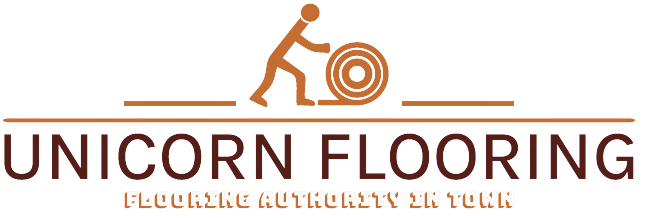Venyle Flooring
A versatile and well-liked form of flooring, vinyl has grown in popularity over the past few years. It is a type of synthetic flooring that is predominantly comprised of PVC resin, along with other additives including plasticizers and stabilisers. Vinyl flooring comes in a variety of shapes, including sheets, tiles, and planks, and it has a wide range of design options to accommodate individual tastes and aesthetic preferences.
Venyle Flooring System

Determine The Layout

Install the Vinyl flooring

Cut the Vinyl flooring

Finishing Touches
Clean and maintain: Once the vinyl flooring is installed, clean it thoroughly to remove any dust, debris, or adhesive residue.
Vinyl flooring is a versatile and practical flooring option with numerous advantages. Its durability, water resistance, ease of maintenance, wide range of design options, and ease of installation make it a popular choice for homeowners and commercial spaces alike. Whether you’re looking for a budget-friendly flooring solution or a stylish alternative to traditional materials, vinyl flooring is definitely worth considering.
